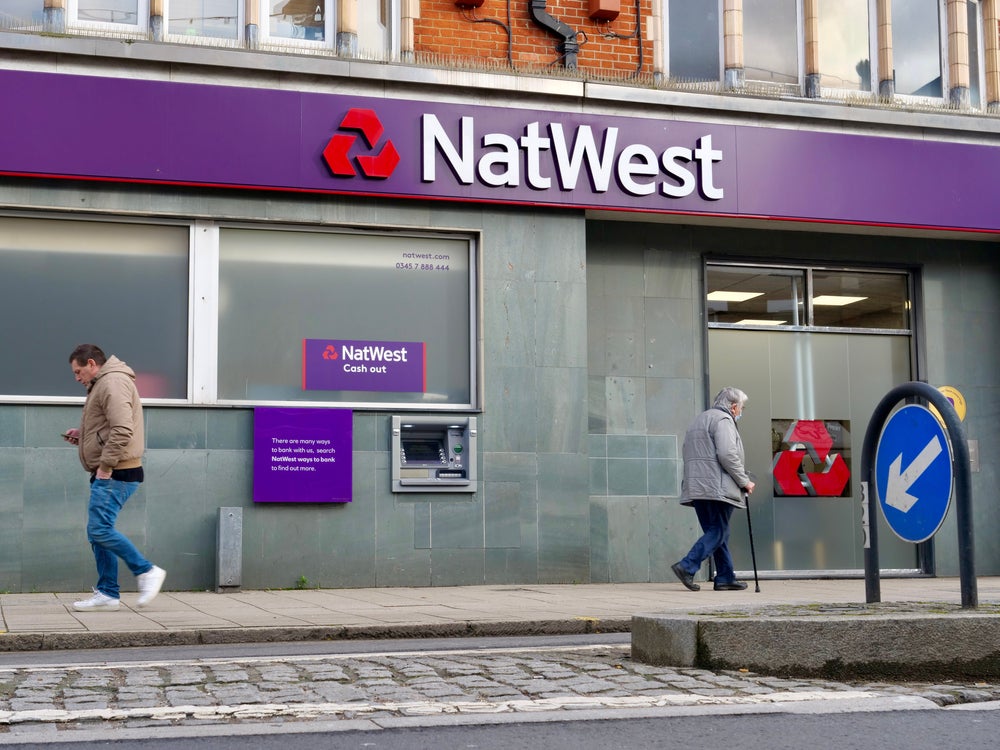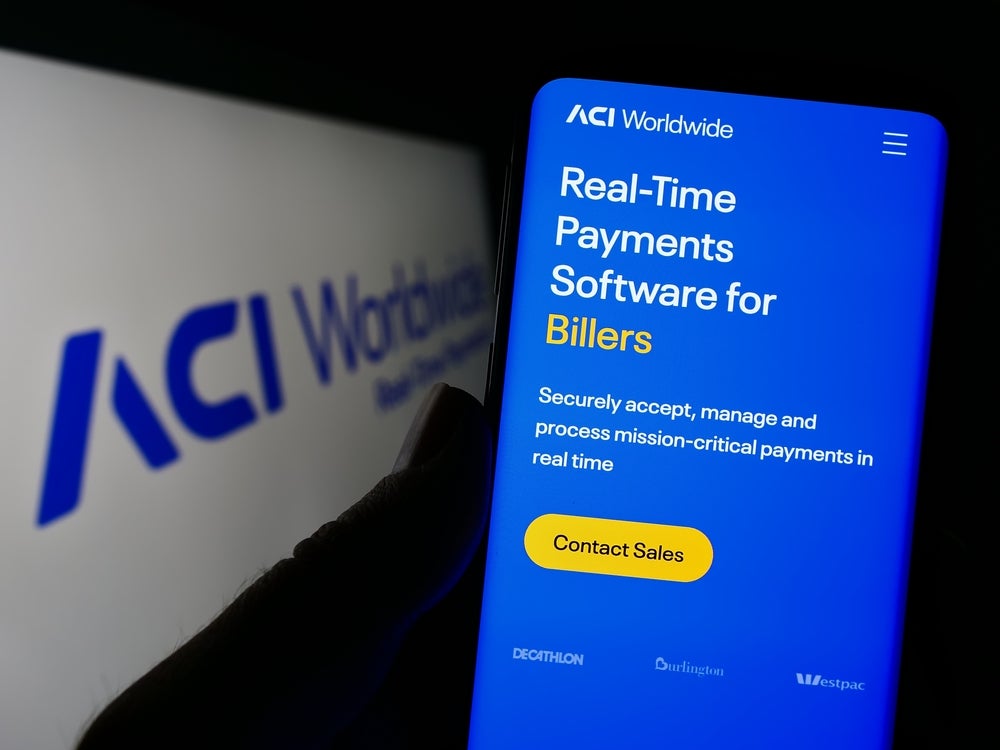Recent advances in technology offer opportunities to improve the core payment infrastructure, says Timothy Lane, deputy governor at the Bank of Canada (BoC). Mohamed Dabo reports
While we cannot perfectly predict the future, we can certainly plan for contingencies, says BoC’s Timothy Lane, adding that BoC is committed to improving the foundation of the country’s payments system.
The central bank is focusing on key areas in order to adapt to the fast-moving world of payments. First, he says, the bank is working to make sure that Canadians who wish to use bank notes can continue to do so.
“We are working with financial institutions to maintain a state-of-theart distribution system for cash,” says Lane. “This will help ensure that accepting cash remains cost-effective for merchants.”
A second area of focus is the bank’s support for Payments Canada’s modernisation efforts. “The goal is to provide consumers, businesses and financial institutions with a modern, fast and convenient payment system.”
The Real-Time Rail system
One component of this project is the construction of a fast, always-on payment system called Real-Time Rail (RTR). This system is being designed with building blocks to meet consumers’ payment needs today and in the future, Lane says.
How well do you really know your competitors?
Access the most comprehensive Company Profiles on the market, powered by GlobalData. Save hours of research. Gain competitive edge.

Thank you!
Your download email will arrive shortly
Not ready to buy yet? Download a free sample
We are confident about the unique quality of our Company Profiles. However, we want you to make the most beneficial decision for your business, so we offer a free sample that you can download by submitting the below form
By GlobalData“Based on this, you may imagine paying for groceries as you pick them off the shelf. Or ordering and paying at your favourite shawarma truck by tapping your phone to a code on the menu.”
BoC is working with Payments Canada and stakeholders such as Interac to ensure that RTR is “resilient and promotes competition and innovation in the Canadian payment ecosystem”.
To complement RTR, the government is exploring open banking, also known as consumer-directed finance. Its aim is to give customers greater control of their financial data, and safe access to a wider range of financial services, while reducing costs. This too would help foster a more innovative and competitive financial system, Lane notes.
Retail Payments Oversight Framework
The government is also looking to implement a new Retail Payments Oversight Framework that will require payment service providers to beef up their risk-management practices and better protect end-users from losses.
BoC has been tapped as the regulatory authority to monitor compliance, including maintaining a public registry of regulated payment service providers.
Cross-border payments
A third area of focus is an international one: cross-border payments. BoC has collaborated with the Bank of England and the Monetary Authority of Singapore to identify “pain points” in cross-border payments. Work on the topic is continuing through domestic and international forums, including the G20.
“It goes without saying that any improvements to moving money internationally would need to maintain vital safeguards – such as KYC regulations – that detect and deter exploitation of the system for criminal or terrorist purposes.”
Private digital currencies
A fourth important area of focus is private digital currencies, some of which have been touted as the answer to the challenges of cross-border payments.
Lane explains: “While the future of Libra and other stablecoins is uncertain, private digital currencies are a global phenomenon. A global effort is required to understand the wide-ranging implications and ensure that the regulatory framework is fit for purpose.”
To this end, Lane says, BoC is working with the Financial Stability Board, alongside 23 other jurisdictions, to identify the various supervisory and regulatory issues posed by fintech innovations.
“We are holding fast to the principles that innovation, competition and consumer choice are good, and that disruption is not the enemy,” Lane continues. So, what is next on the agenda for BoC in its bid to make digital progress?
Central Bank Digital Currency
“While we don’t know what the future may bring, we need to move forward to work out what a potential CBDC might look like and how it could be managed, if the decision were ever taken to issue one,” says Lane.
A Central Bank Digital Currency (CBDC) would be an electronic form of central bank money that could be used by households and businesses to make payments.
There are many aspects to consider in this contingency planning, Lane adds. BoC is part of a working group with the central banks of England, Japan, the EU, Sweden and Switzerland, as well as the Bank for International Settlements.
“We will use this platform to share experiences as we assess potential cases for a CBDC in our home jurisdictions.” But a CBDC could only be launched successfully if Canadians want it, Lane notes. “So we will be consulting with governments and key stakeholders in provinces and territories across Canada.”
Potential legislation to issue CBDC
Another essential element is that BoC would need proper legislative authority to issue a CBDC, should the decision be made to do so.
“In our work, we will continue to take a holistic view across the whole payment ecosystem to ensure that all aspects – payment systems, cash and any future CBDC – would continue to function together to provide Canadians with the efficient, safe and secure payment services they need.”






